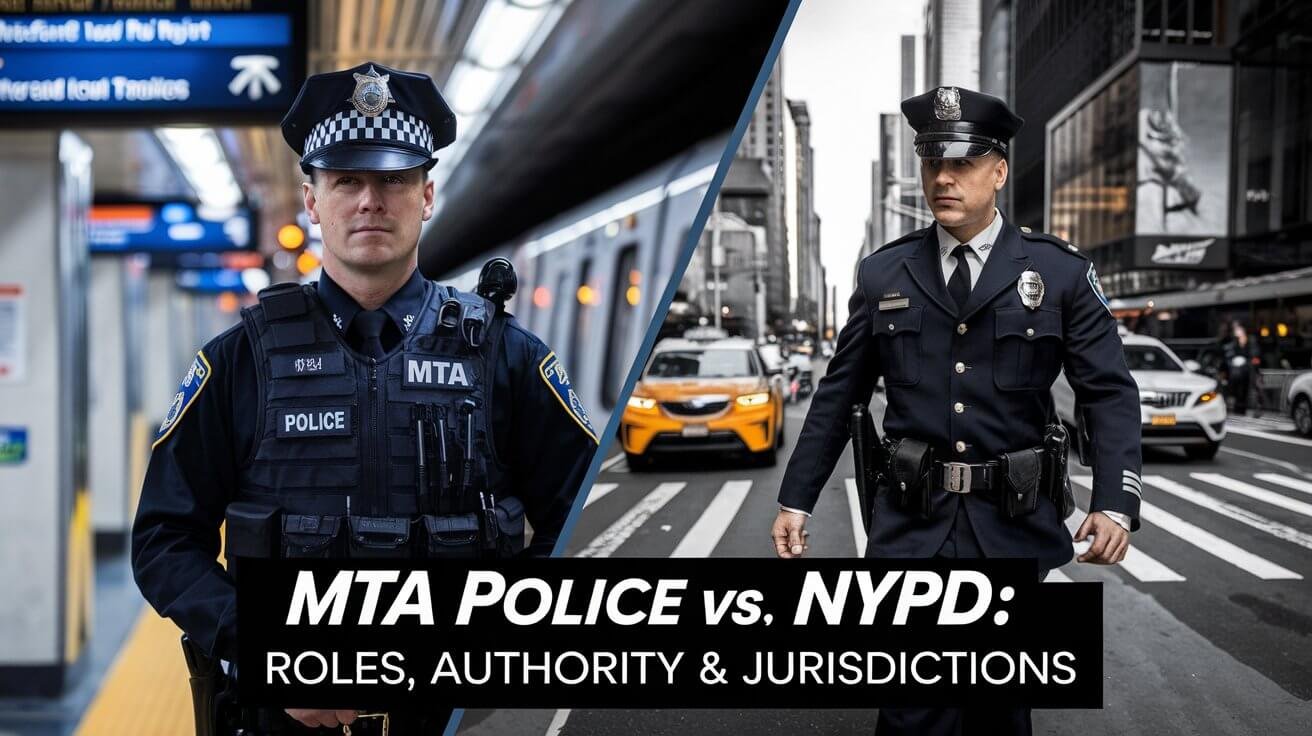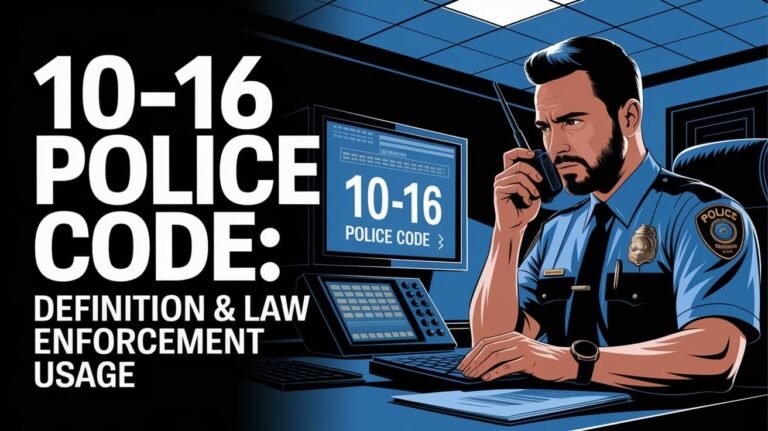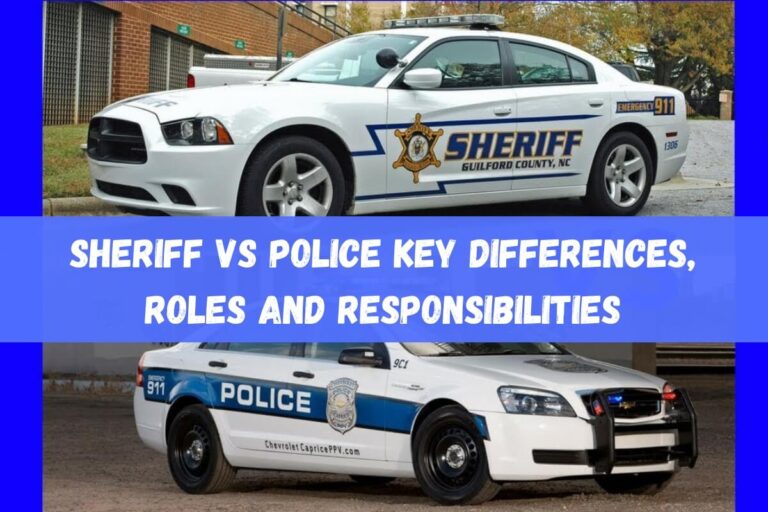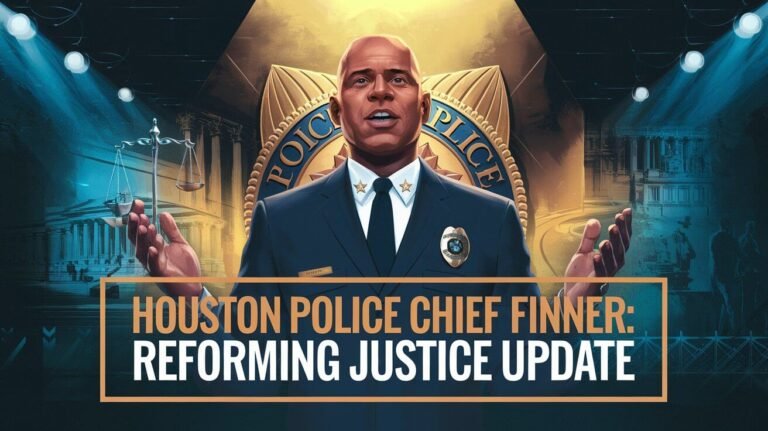Mta Police Vs Nypd: Roles, Authority & Jurisdictions

The MTA Police and the New York Police Department (NYPD) are two key law enforcement groups in New York City. They work hard to keep the community safe. But, they focus on different areas and have different jobs.
The MTA Police look after the Metropolitan Transportation Authority’s (MTA) big network. This includes places like Grand Central Terminal and Penn Station. They also cover the MTA’s railroads over 5,000 square miles.
On the other hand, the NYPD is in charge of keeping the whole city safe. They make sure everyone follows the law and keeps the peace.
There’s a big difference in what they earn and how they can grow in their careers. The MTA Police pay more, but the NYPD offers more chances to move up and join special units.
MTA Police Vs NYPD: Key Distinctions and Duties
In New York City, the MTA Police Department (MTAPD) and the New York Police Department (NYPD) are key to public safety. They have different patrol areas, salaries, and daily tasks. These differences make them unique.
Patrol Areas and Jurisdictional Coverage
The MTAPD covers 14 counties in New York and Connecticut. They focus on transit systems like subways, commuter rails, and buses. The NYPD, however, patrols the whole of New York City. They cover more public spaces and communities.
Salary Structures and Benefits Comparison
The MTAPD pays more and offers better benefits than the NYPD. This is because transit policing is specialized. It needs skilled officers. But, the NYPD offers more chances for career growth.
Daily Operational Responsibilities
MTAPD officers work in big transit spots like Grand Central Terminal and Penn Station. They deal with commuter safety, fare evasion, and transit incidents. The NYPD, meanwhile, handles a wide range of tasks. This includes 911 calls, investigations, and enforcing city laws.
Even with their differences, the MTAPD and NYPD work together. They tackle shared duties to keep New York City safe. This includes handling jurisdiction disputes, transit issues, and protecting commuters.
“The MTAPD and NYPD work in tandem to maintain the safety and security of New York City’s transportation network and communities. While their specific roles and responsibilities may differ, their shared commitment to public service is unwavering.”
The partnership between the MTAPD and NYPD is vital. As New York’s transportation changes, they will face new challenges. Their collaboration will be key to meeting these demands.
Career Advancement and Training Pathways
Law enforcement careers in New York offer great opportunities for growth. The New York Police Department (NYPD) and the MTA Police have different paths for advancement. The NYPD has many specialized units and ranks to climb, from officers to detectives and supervisors.
The MTA Police focuses on transit policing, with a career path that might be more straightforward. Officers often work at major transit spots like Grand Central and Penn Station. This experience is valuable but the career path might be less varied than the NYPD’s.
Training is key for both agencies. MTA Police officers start at the NYPD Police Academy, learning about firearms, defensive tactics, and more. The MTA is building its own academy to focus on transit policing needs.
| Key Comparison | NYPD | MTA Police |
|---|---|---|
| Career Advancement Opportunities | Diverse, with various specialized units and promotion pathways | More linear, often focused on transit hubs |
| Training | Comprehensive, covering a wide range of law enforcement skills | Currently through NYPD Academy, transitioning to dedicated MTA Academy |
| Average Annual Salary | $85,460 | $73,091 (starting), $97,000 (after 5 years) |
The MTA Police is growing, with a focus on specialized training and career paths. This will help officers tackle the unique challenges of transit policing.
MTA Police Department’s Specialized Transit Security Focus
The MTA Police Department is a specialized law enforcement agency. They focus on providing security for New York’s vast transit network. They protect critical spots like Grand Central and Penn Station, which millions of commuters use every day.
The MTA Police have developed special strategies for commuter rail protection. Their officers are trained to handle the challenges of managing a large area. This includes ensuring security from Montauk to Poughkeepsie. Their focus allows them to use specific tactics and resources to improve public transportation security and commuter safety.
Grand Central and Penn Station Operations
Grand Central and Penn Station are the busiest transportation hubs in New York. They need a dedicated law enforcement presence for public transportation security. The MTA Police use specialized units and advanced surveillance to monitor these areas. They quickly address any transit policing issues that come up.
Commuter Railroad Protection Strategies
The MTA Police’s work goes beyond the terminals. They cover the vast commuter railroad network. Officers are trained to handle a variety of threats, from suspicious packages to trespassing. They work to keep millions of daily commuters safe.
Their approach to public transportation security includes intelligence-driven patrols and community engagement. They also use targeted interventions to reduce risks across the transit system.
Multi-County Jurisdiction Management
The MTA Police Department oversees a large area that spans multiple counties. They must manage complex jurisdictional boundaries and work with other agencies. By building strong relationships with local law enforcement, they ensure smooth transit policing operations.
This helps them respond quickly to emergencies and streamline investigations. It makes their work more effective across different areas.
NYPD Academy Training for MTA Officers
MTA Police officers are key to keeping New York City’s public transport safe. They get ready for their duties at the NYPD Academy. This training is crucial for their role in the MTA Police force.
The NYPD Academy’s six-month program teaches MTA officers a lot. They learn about firearms, defensive tactics, and how to handle crises. This training is all about preparing them for their job.
One special part of the training is “Gun and Shield Day.” It’s when officers get their badges and guns. This is a big step in their law enforcement journey. After this, they spend three months in field training with MTA Police.
This training helps MTA officers deal with the challenges of their job. They learn to respond to emergencies and keep passengers safe. The NYPD and MTA Police work together to make sure officers are ready for anything. This teamwork makes the training better for everyone.
| Key Highlights | Statistics |
|---|---|
| 6-month NYPD Recruit Training Curriculum “Gun and Shield Day” ceremony 3-month in-service field training with MTA Police | The latest NYPD academy class included 576 new city and MTA cops. 33 Metropolitan Transportation Authority officers were part of the graduating class. |
The training program makes sure MTA Police officers are ready for transit security. It also builds a strong team with the NYPD. This teamwork keeps the city safe for everyone.
Inter-Agency Collaboration and Public Safety Impact
In New York City, the MTA Police and the NYPD work together well. They make sure everyone is safe in the city and on public transit. MTA officers also get special training from the NYPD Academy.
The two agencies work together to handle their shared duties. This makes the city safer and helps them respond to emergencies better. For example, the NYPD’s Community Link program teams up with the MTA Police and other agencies. They focus on improving life in neighborhoods like Roosevelt Avenue.
| Key Collaboration Efforts | Impact on Public Safety |
|---|---|
| Coordinated transit crime reduction strategies Joint operations targeting homelessness and mental health issues in the subway system Sharing of intelligence and best practices Specialized training for MTA officers at the NYPD Academy | Transit crime down by 5.1% year-to-date Over 7,800 unhoused New Yorkers connected to shelter since the Subway Safety Plan launch Improved emergency response and public assistance capabilities Enhanced public trust and community engagement |
The teamwork between the MTA Police and NYPD is key to solving big city problems. They use their skills to keep New York safe. This partnership helps make the city a better place for everyone.
Future Developments in MTA Police Training
The MTA Board has approved a lease for a new MTA Police Department training space in Queens. This move marks a shift towards a specialized academy for MTA officers. The academy will have instructors with direct MTA Police Department experience.
This change aims to improve the quality and focus of police training facilities for transit law enforcement. The new facility will offer MTA police officers better law enforcement education. They will learn the skills needed to tackle the unique challenges of the MTA transportation network.
By using the expertise of seasoned MTA Police Department instructors, the training will be more effective. Officers will be ready to handle the complexities of transit public safety and emergency responses.
This investment in career development for MTA police officers is a step forward. It aims to boost the department’s abilities and raise the professionalism of its workforce. As the MTA system grows and faces new security threats, this training facility will be key. It will prepare the next generation of MTA law enforcement officers to keep passengers and infrastructure safe.






